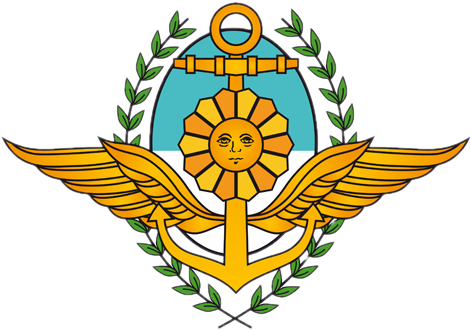Naio90
Federal Republic of Ethiopia
- Jul 1, 2018
- 4,383
 |
EXERCISE CANNAE Classified Information |
| Operation Background |
|---|
Considering the Italian Kingdom's belligerance and clear interest in igniting a major armed conflict, and aware of the usage of the F-16E Block 60 Fighting Falcon as the Italian Air Force's main aerial combat platform, the Argentine Air Force Command has decided to improve the training proficiency of the argentine pilots stationed in Alexandria by carrying out simulated encounters against that type of aircraft. Training will also include theoretical classes regarding the capabilities, strenghts and weaknesses of the F-16. Specialized skill aquired: aerial combat agains F-16 variants. |
| Deployed Forces |
|---|
► 1st Aggressor Squadron Section A ║ 30x Personnel ║ 12x F-16E/F Block 60 ► 21st Fighter Squadron Section A ║ 30x Personnel ║ 6x Su-30MKI Section B ║ 30x Personnel ║ 6x Su-30MKI Section C ║ 30x Personnel ║ 6x Su-30MKI Section D ║ 30x Personnel ║ 6x Su-30MKI ► 22nd Fighter Squadron Section A ║ 30x Personnel ║ 6x MiG-35 Section B ║ 30x Personnel ║ 6x MiG-35 Section C ║ 30x Personnel ║ 6x MiG-35 Section D ║ 30x Personnel ║ 6x MiG-35 ► 4th Fighter Squadron Section A ║ 30x Personnel ║ 6x MiG-35 Section B ║ 30x Personnel ║ 6x MiG-35 Section C ║ 30x Personnel ║ 6x MiG-35 Section D ║ 30x Personnel ║ 6x MiG-35 |
| Logistical Details |
|---|
The exercise would take place over argentine air space in Alexandria and its surrounding and international waters in the south-east Mediterranean Sea in sector KM. All aircraft would take off fuelly fueled and manned at all times, with their systems active and different types or armament for training purposes. All operations would be carefully monitores from the ground. Special lodging would be prepared for the visiting Aggresor Squadron, their aircraft and technical equipment and spare parts. The Aircrafts from the 1st Aggressor Squadron, plus technical equipment and training utilities, would be securely shipped on the argentine merchant navy MV Tero from Buenos Aires to Alexandria through GF>HF>IF>JF>KF>KG>LH>LI>LJ>LK>KL>KM, on international waters and the Suez Canal. Navigation speed would be adapted, if necesary, to make the journey without technical stopovers. MV Tero would be fully fueled, crewed and with all its systems operating. |
Last edited:


